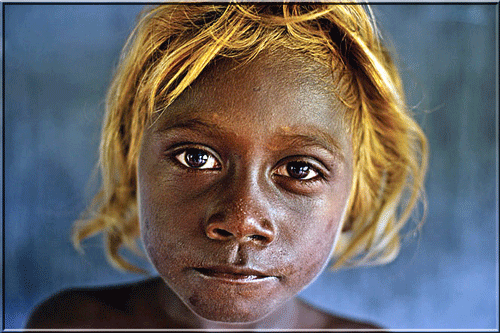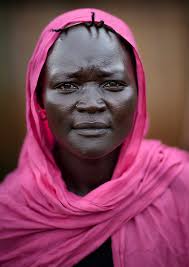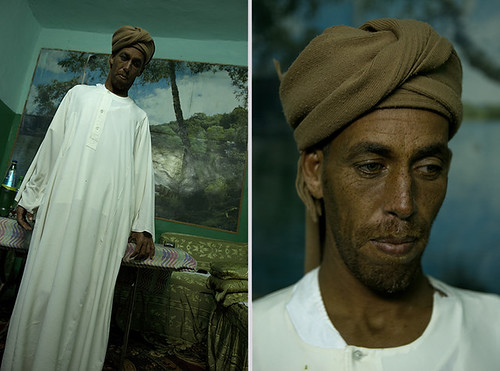Quote:
Originally Posted by John Wilkes Booth

I thought that type of classification was outdated. Either way, those groups are arbitrary at best.
|
But if we do away with the concepts, how do classify a large group of people who share the same genetic traits that set them off from another group? It's like saying the grouping of dogs into terriers and hounds is arbitrary since they are all just wolf genes. Okay, so what? It's still a useful grouping. It's silly to classify grey hounds, dachschunds and basset hounds each as a group unto itself when, in fact, they share similar characteristics that makes them all hounds and sets them apart from dogs we classify as terriers. Even if hounds and terriers could say they find the classifications offensive, oh well, it's still useful and they shouldn't be offended. If they are--tough tittie. Grow a pair and get used to it.
Quote:
|
You're assuming they 'lost' the other traits due to interbreeding. It's just as likely that they never had them.
|
Even then, what does that mean? Genes are either dominant or recessive. Even within a racial group or genotype, certain genes become recessive or dominant due to contact with a different environment (what we call phenotype) that produces variations not seen in other members sharing that genotype. And this happens without interbreeding. In fact, you will often see greater differences in them than in people who are a product of interbreeding.










Quote:
|
When you're dealing with people migrating to vastly different environments (arctic vs desert vs jungle etc) then there's no reason why basic facial features and skin tones couldn't diverge in 10,000 years. The short flat nose depicted would correspond perfectly with the hot, tropical environment the Olmecs lived in. It's not even really a 'negroid' feature, as there are black populations that don't live in the tropics which have longer noses.
|
But that doesn't hold across the board. It's a general rule not absolute. Other Indians in Mexico that lived in the same region and climate had far different facial features. When blood-type studies were done on African tribes, there was no correlation between neighboring tribes as we would have thought. Instead, the blood-type correlations were found in tribes that lived far apart and often outside of Africa. Neighboring tribes show different origins.
Quote:
|
As for making contact, I am perfectly open to the idea that Polynesians did make contact before Columbus. This was when... like 500 AD? Like 1500 years too late to have seeded the Olmec civilization?
|
We don't know that. It's just as silly to think contact only happened once. Polynesian are called "Poly-" for a reason. They are a mixture of people so different groups of them made contact at different times in different regions. We know this for certain as Kennewick Man and Spirit Cave Man have already proven--Polynesians were living in North America but they bore no resemblance to Samoans or Melanesians. In fact, since they showed some genetic similarities to the Ainu of Japan, these two examples would have been more Caucasoid than Negroid.